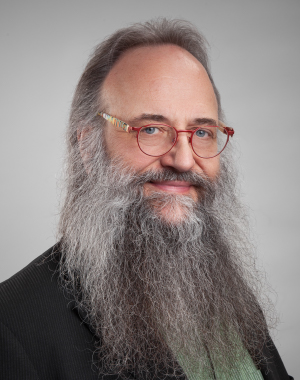
Ahead of the 5th Cellulose Fibres Conference in Cologne this March, Michael Carus, CEO of nova-Institute, talks to Rahul Bansal about the markets and future development of the cellulose fibre industry. Rahul Bansal is a textile technocrat with over 26 years of experience in various products ranging from fibres & synthetic yarns to spunlace nonwovens and wet wipes. His current position is “Head – Global Nonwovens Business” of Birla Cellulose.

Michael Carus, nova-Institute:
Birla has written an international success story in the field of cellulose fibres over the past decades. What were the success factors? New fibre properties? Marketing? Or the new market environment with the problem of microplastics?
Rahul Bansal, Birla Cellulose:
Birla Cellulose which is commonly known as “Birla” in international nonwoven market, could foresee the early signs of change during beginning of 21st century. As Cotton output was limited, synthetic fibres like Polyester were growing at much higher pace. This lead to all fabrics (whether fashion textiles or nonwovens) shifting to synthetic rich blends. We realized that this trend can’t continue forever, due to its impact on environment.
We started investing in our regenerated cellulosic fibres business, to improve the technology & innovation – to help replacing plastics from fabrics/products with cellulosic fibres.
Our investment in strong R&D and technology helped us to evolve as one of the most sustainable regenerated cellulosic fibre producer in the world. The same got later recognized by independent assessment agencies like Canopy, who have ben rating Birla Cellulose at the top of all producers.
Michael Carus, nova-Institute:
According to your expertise, what are the most important growing applications for cellulose fibres in the future?

Rahul Bansal, Birla Cellulose:
With greater emphasis on plastics pollution globally, all applications where plastics are not adding any specific technical value which cellulosics can’t provide, we see those products to be using more of cellulosic fibres going forward. For example simpler products like fashion textiles, wipes, single or limited use products.
Michael Carus, nova-Institute:
According to our market assessment, cellulose fibre will be the fastest growing textile fibre by 2050, with a market share more than double that of cotton. Do you share our scenario? What is your vision for the future?
Rahul Bansal, Birla Cellulose
Regenerated cellulosic fibre is the most obvious option to replace plastics. We are working on multiple innovation projects like recycling of the industrial waste for production of viscose, and tree free viscose fibres. Cellulose is the largest naturally available polymer in the world. I sincerely feel that with all such innovations, cellulosic fibre is THE fibre of future.
Find out more about the “Cellulose Fibres Conference 2024” on 13-14 March, held in Cologne (Germany) and online: https://cellulose-fibres.eu
Source
nova-Institute, original text, 2024-02-28.
Supplier
Birla Cellulose
nova-Institut GmbH
Share
Renewable Carbon News – Daily Newsletter
Subscribe to our daily email newsletter – the world's leading newsletter on renewable materials and chemicals













